What would Donald Trump’s presidency mean for India? That is the question, the media and foreign policy experts have been brooding over, ever since the billionaire Republican’s candidacy started to be taken seriously against the Democrat Hillary Clinton.
One hundred days on, ever since ‘US President Donald Trump’ became reality, are we any closer to an answer? That, in my opinion, depends on how seriously we take Trump’s words.
On the one hand, there are some incoherent, distracted, and thoroughly random string of words dropped by the President of United States about India ever since the run-up to the elections. Then, we have the things he has actually done, or at least shown some inclination to do, in the first 100 days of his presidency. But what Trump says and what he does are fortunately or unfortunately untethered from each other.
Nevertheless, his near-contrasting speeches, off-hand inconsistent references to India, and the absolute scrutiny of his policies under a persistent media glare have at least given us some fodder for discussion.
Here are some of the key things that actually made/ will make an impact on India.
H1-B Visa policy
No discussion on the Trump impact on India can begin without mentioning his much touted rejig of the H1-B policy.
“ I will be the greatest jobs producer God ever created ,” he once famously said (yes, really!): “You can’t allow policies that allows China, Mexico, Japan, Vietnam, India. You can’t allow policies that allows business to be ripped out of the United States like candy from a baby.”
Trump and the men driving his administration have mostly been against the H1-B visa, immigrants and ‘outsiders’ all their lives. According to a report in The Wire , Trump, in his 2011 book Time To Get Tough, advocated a 15 percent tax on companies for outsourcing jobs to places like India, and a 20 percent tax for importing goods and services.
It was only after assuming the presidency that he took detours, went back on his words several times and amended the visa laws consecutively, which led to chaos and confusion.
Finally**,** an executive order was signed only last week that tightened the screw on employers “who have a high ratio of H-1B workers as compared to US workers, as defined by statute”. It will apparently help US companies recruit “highly-skilled foreign nationals,“only when there is a “shortage of qualified workers in the country.” The move has stunned the IT sector in the US, one of the largest industries to employ Indian workers on the H1-B Visa. This comes at a time when Indian IT industry was already feeling the pinch of increased US protectionism as the previous regime had also passed some laws, including increasing the visa fee substantially, according to a report in The Hindu .
The extent of the impact can be gauged from the fact that each year over 65,000 workers and another 20,000 graduate student are admitted through the H1-B visa programme. The order has sent ripples within the Indian workers in US , who feel their future could be in limbo after Trump raised the bar for short-term Visa for skilled workers.
The seriousness of the issue is further highlighted by the fact that Prime Minister Narendra Modi implored Washington to have a “balanced and farsighted perspective” on the issue. A statement released by the PMO said, “The prime minister referred to the role of skilled Indian talent in enriching the American economy and society, and urged developing a reflective, balanced and farsighted perspective on movement of skilled professionals.”
U-turn on “world champions” of currency manipulation
Trump’s tough stance against China had been one of the few bright spots for India under his presidency. Trump’s vows to curtail increasingly aggressive economic policies of Chinese were, to say the least, not disadvantageous for India. His assertion that the US is not necessarily bound by the “One China policy,”was the cherry on top.
However, much has changed since then. Trump has clearly softened his stance towards China, who he needs by his side in the event of a “ major major conflict with North Korea .” Trump even lavished praise on Chinese President Xi Jinping for trying to rein in North Korea.
For now, it looks like India, who was hoping for a more muscular approach from Trump, will have to live with the fact that political constraints require the US president to at least have a working relationship with China.
Pakistan: ‘The most dangerous country in world’
Here is some good news for India: The Trump administration has finally taken a line against India’s arch rival that New Delhi would wholeheartedly approve. In one of his campaign speeches, Trump branded Pakistan the “most dangerous country in the world today” adding that he thinks that the only country that can keep Islamabad in check is India.
Recently he said that Pakistan will have to be “less selective than it has been in past” in its dealing with terrorists.
However, India must exercise restraint on overtly relying on Trump’s words for two reasons. First, he is known to flip-flop on his own statements and there certainly is no action to back those words so far. Secondly, India may do well to remember that Trump’s predecessor Barack Obama’s bonhomie with Modi did not stop him from selling more fighter jets to Pakistan . Islamabad is too vital to Washington’s interests in Afghanistan and Middle East for it to ever openly and tangibly support India’s narrative on Pakistan.
Increase of racial crimes against Indians
With recent shocking incidents of racial attacks on Indians in US, it is largely perceived that such attacks are on a rise under Trump. Shortly after Trump was elected as president, a man of Indian origin was abused and assaulted in Pennsylvania. “I don’t want you sitting next to me…you people… things are different now,” the man who assaulted the Indian-American was quoted as saying, according to a report by NDTV .
The murderous assault on Srinivas Kuchibhotla is still be fresh on people’s minds. Kuchibotla, an Indian engineer, was killed and two others were injured, when an American man opened fire on them after allegedly yelling “get out of my country.” Other similar reports have dotted newspapers in India, every now and then.
One can argue that the increased media glare because of some of Trump’s unpalatable comments on Muslims and immigrants has given these crimes more prominence. However, many believe that it was the Trump rhetoric that has mainstreamed and even legitimised the insecurities and racial hatred of some.
The White House has officially condemned the attack on Kuchibhotla, but much more needs to be done to prevent Asian minorities being under the threat of racial attacks.
Trump calls Modi a “great man”: A look at formal interactions between India, US
Some progress has been made on this front within Trump’s 100 days in office, despite some of his policies appearing to be adversarial for India.
Trump, in a rare move, called Modi to congratulate him on his party’s win in the Assembly elections. It is not customary for US presidents to call and congratulate world leaders on their success in local elections.
Earlier too, he has heaped praise on the Indian Prime Minister, signalling he would like to pick up from where Obama left as far as Indo-US ties are concerned.
“I look forward to working with Prime Minister Narendra Modi who has been very energetic in reforming India’s bureaucracy. Great man. I applaud him,” Trump had said.
Union Finance Minister Arun Jaitley also visited US, a first by a minister of Modi’s cabinet after Trump’s election, where he flagged India’s concerns on the H1-B visa issue to the Trump administration.
Several high-level diplomatic engagements have also kept the ball rolling as far as India-US interactions are concerned. Only recently, India’s foreign secretary, S Jaishankar has been in talks with US diplomats, laying the ground for Modi’s visit to the White House later this year. The defense advisers of the two nations have also been in touch, signalling that increased defence coordination with India is on the cards.
Trump a “fan of Hindus and Indians”?
Trump had famously lauded India during his campaign in these words: “I am a big fan of Hindu. I am a big fan of India… If I’m elected President, the Indian and Hindu community will have a true friend in the White House. That I can guarantee you.”
Whether his words tether to the realities of India-US relationships remains to be seen. After all, 100 days is too small a period in which to gauge in which way the winds are blowing. And Trump’s foreign policy has been a series of confused statements and contrasting actions. To begin with, the President of the United States must learn the fact that ‘India’ is not synonymous with ‘Hindus’. A complex country with a diverse and heterogeneous society like India would, at best be a cautious ally, given Trump’s temperamental approach to foreign policy.
The most optimistic guess would be that Trump views India favourably, if not as a true ally. But that will not stop him from keeping a balance sheet approach towards New Delhi. He rose to power on the promises of job creation and economic overhaul. Those policy decisions are going to stay dear to him and any possible conflict of interest with India, in that light, is unavoidable.


)



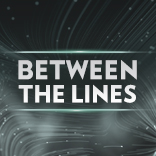
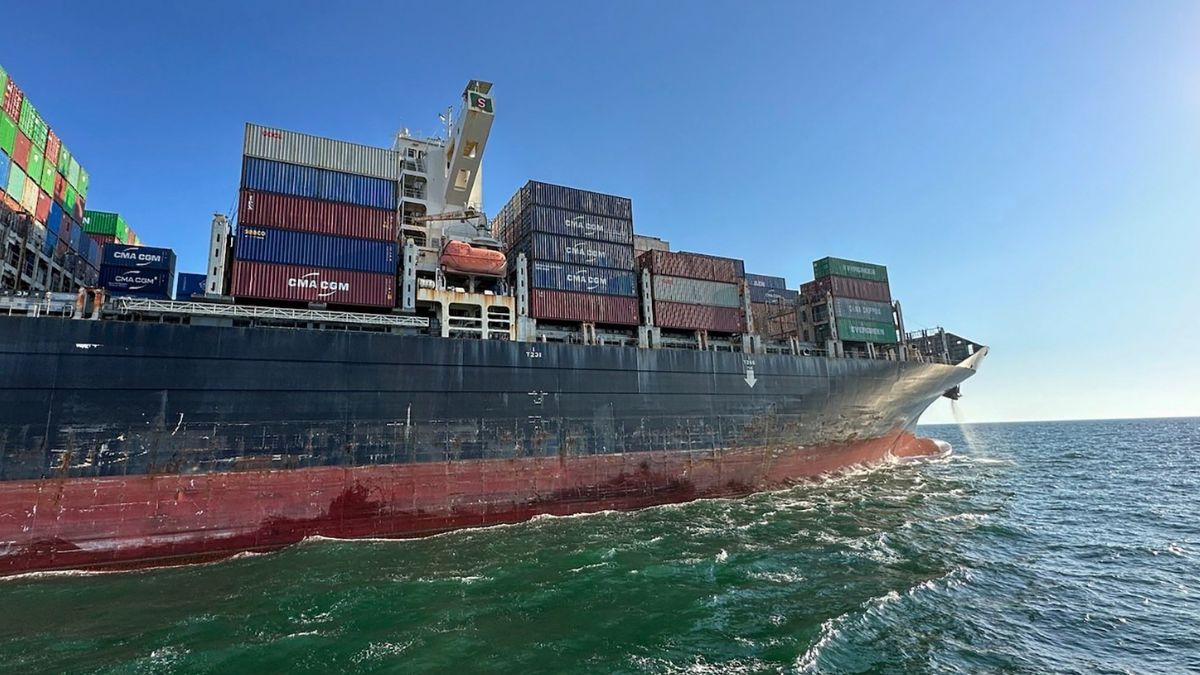)
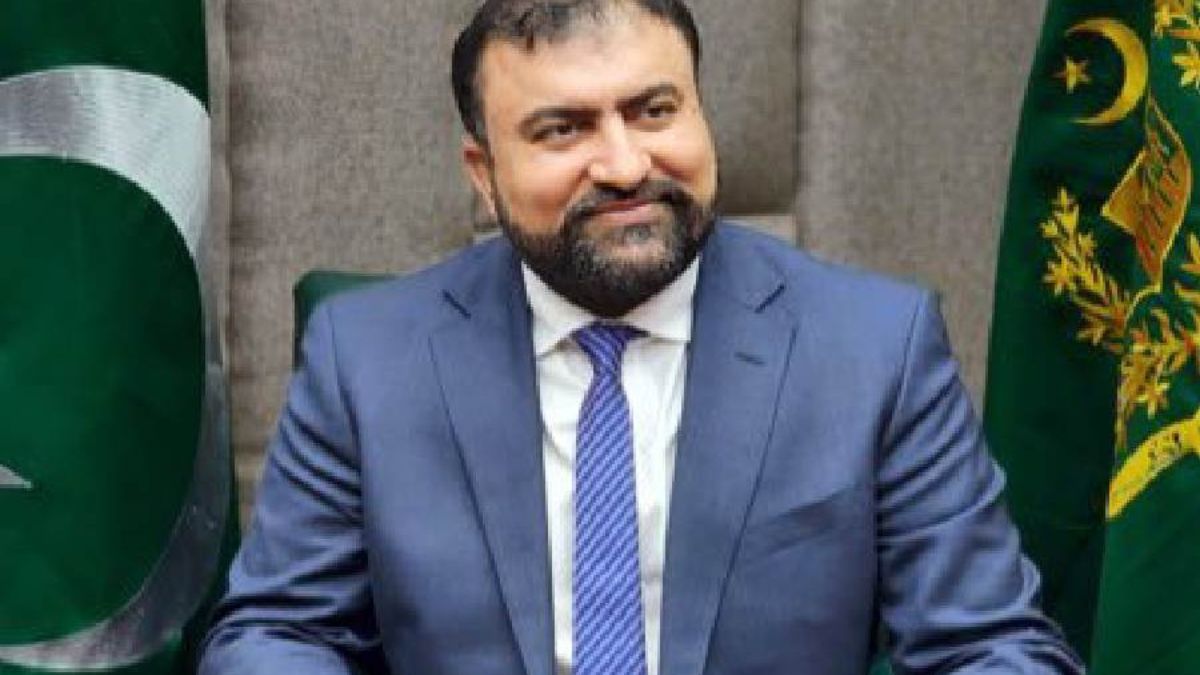)
)
)
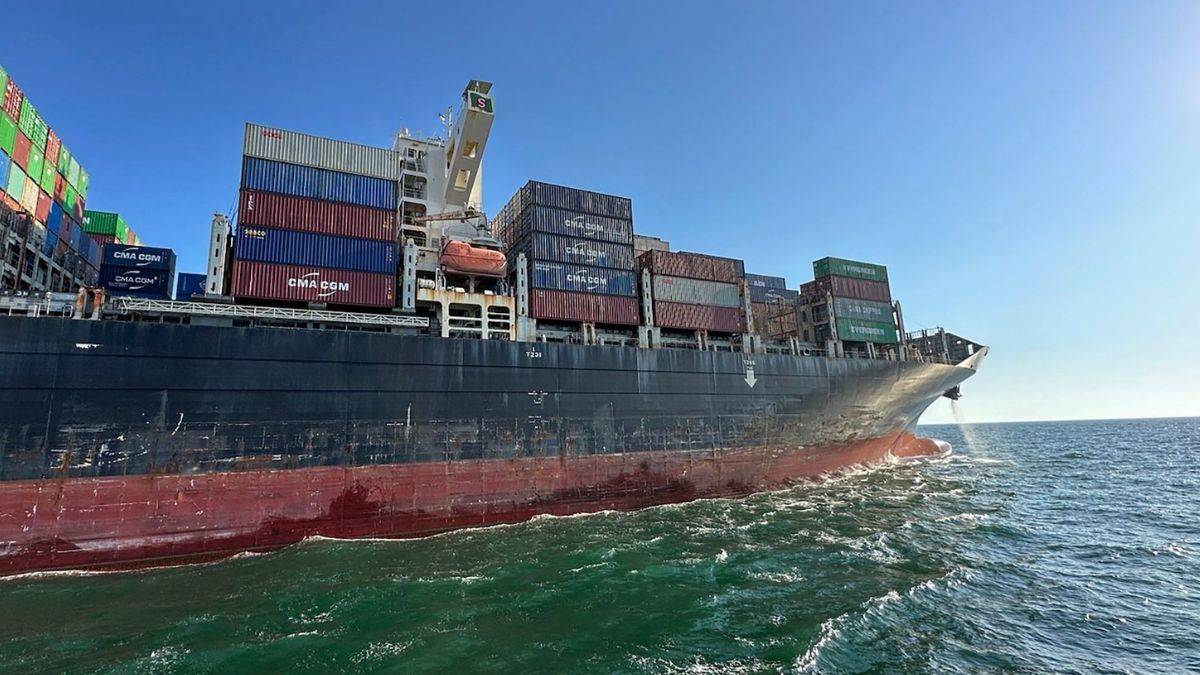)
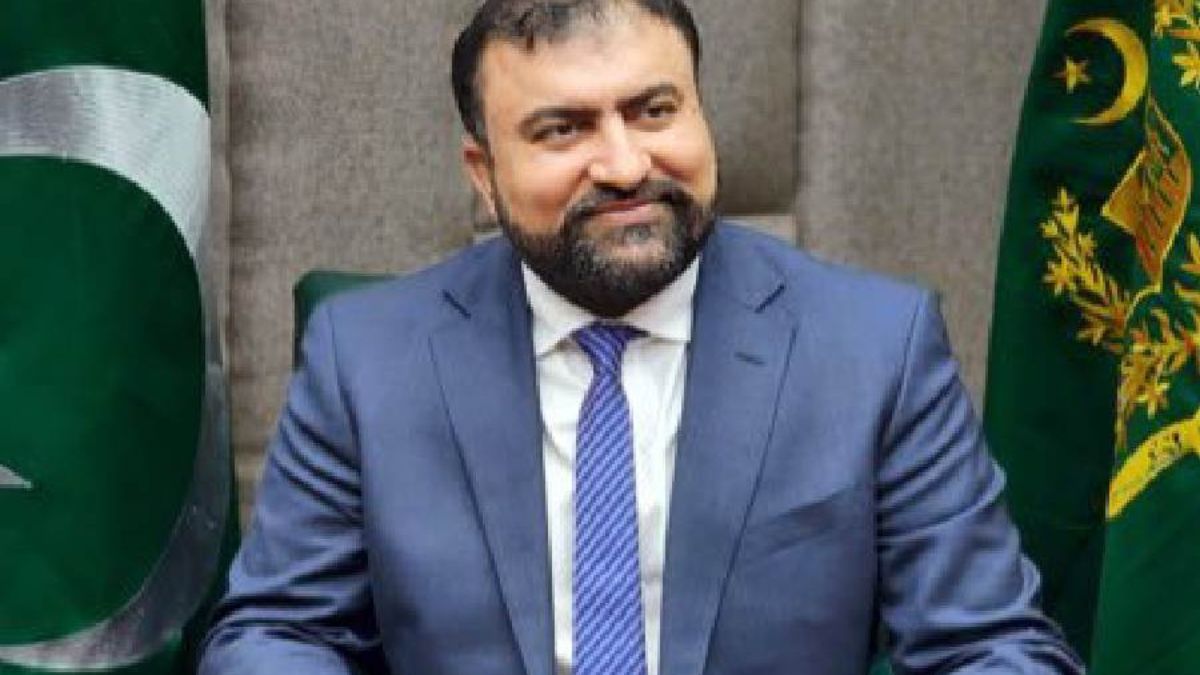)
)
)